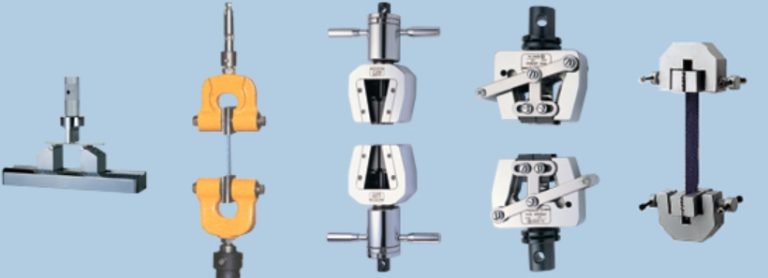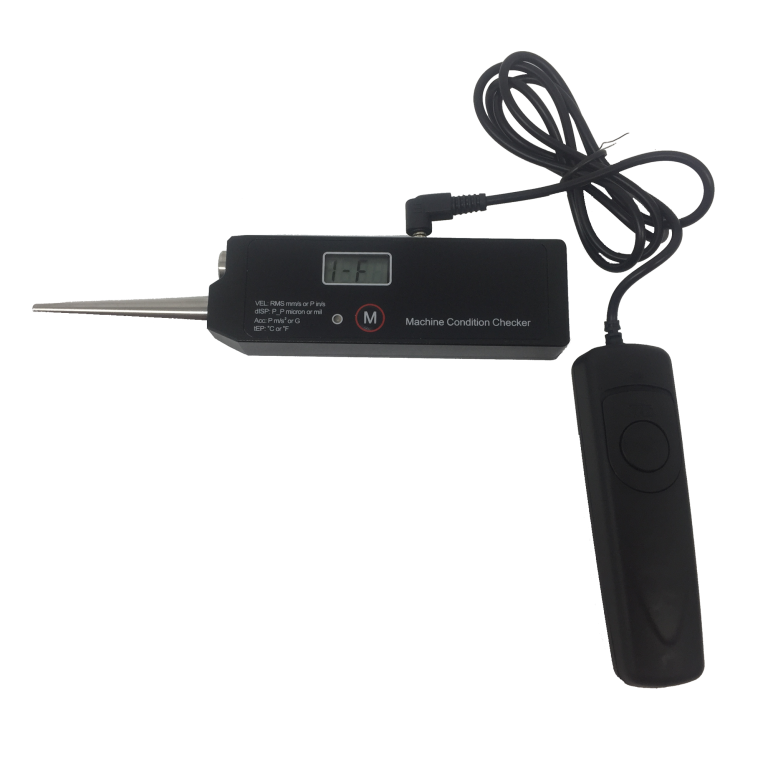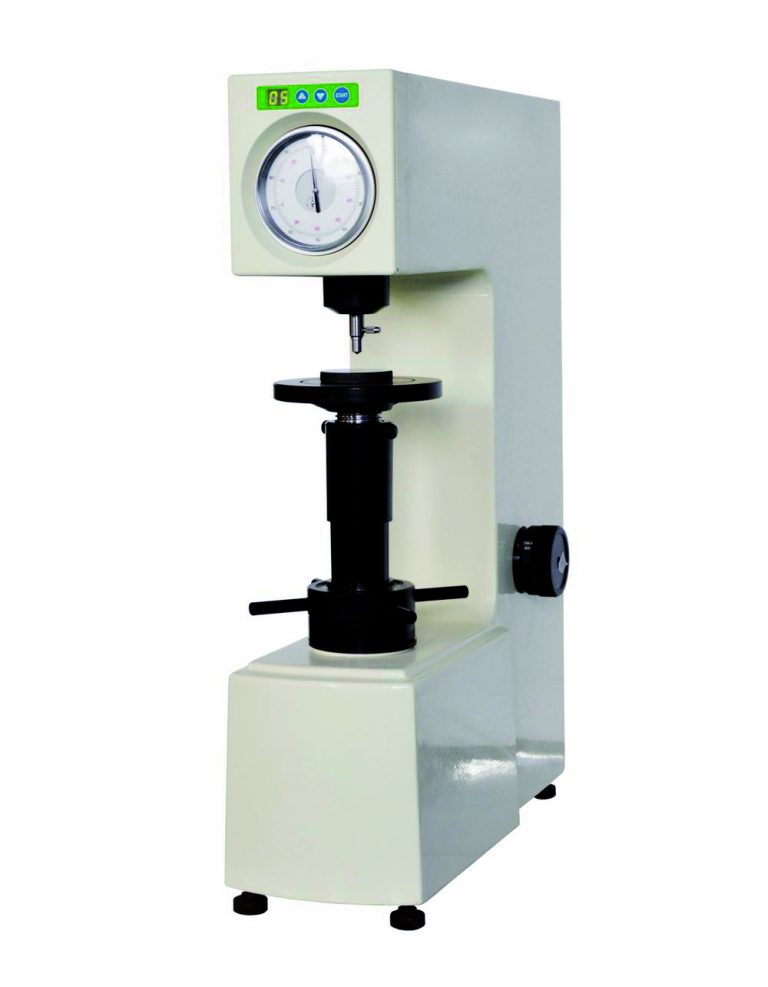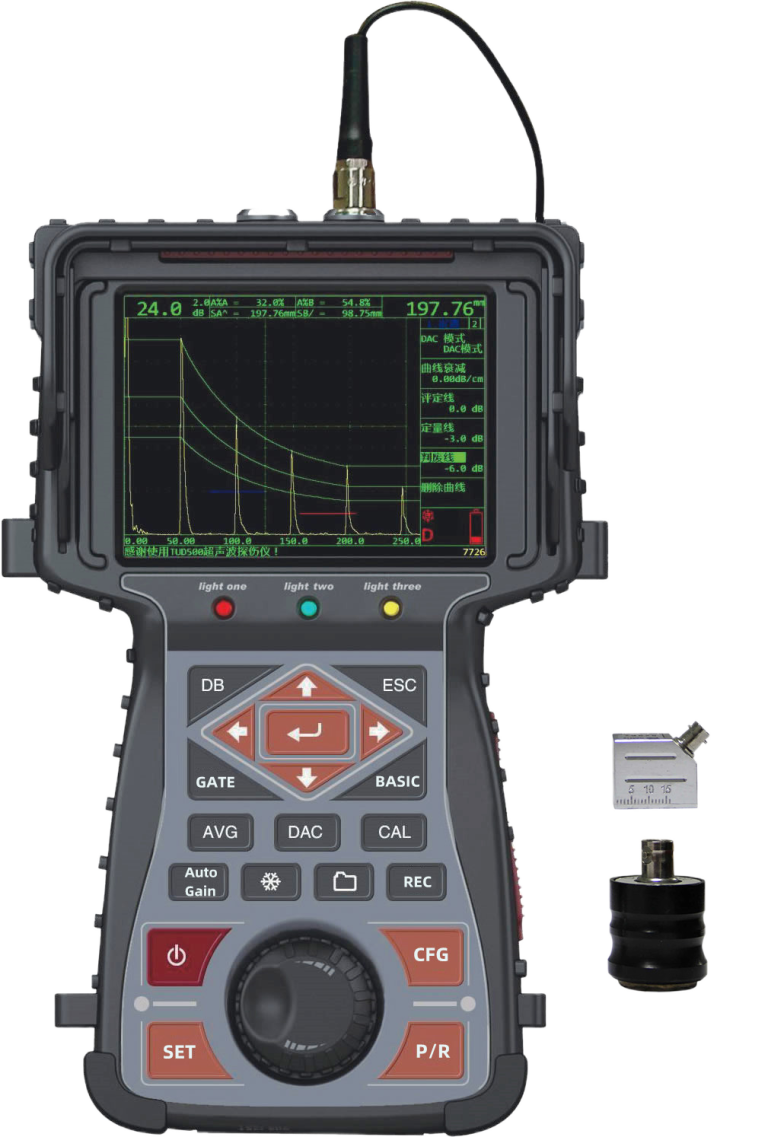According to the Leeb and Vickers hardness detection methods, the wall thickness and weight of the test target will affect the hardness test results.
The relevant standards specify minimum wall thicknesses and minimum weights, and if these requirements cannot be met, additional measures must be taken, such as coupling or supporting the specimen, or other more suitable methods.
The requirements for the Leeb method (Impact Devices D, DL, DC, E and S) are that the component weighs no less than 5 kg and is at least 25 mm thick to prevent the component from yielding or bending under the large forces generated during impact.
For the Vickers method, the standard requires a weight of at least 0.3 kg and a thickness of at least 5 mm or 15 mm (ASTM A1038). For coatings or topcoats, a minimum thickness of at least ten times the depth of the indentation is required.
If these minimum requirements are not met, the object being measured will enter a state of self-oscillation, causing deviations in the readings. Specimens that weigh less than the minimum weight for the Leeb test specified in DIN EN ISO 16859 and ASTM A956, or the minimum weight for Vickers specified in DIN 50159-1, or that are sufficiently heavy but have a thickness less than the specified minimum thickness, are required Heavy support and/or coupling to a solid object.

The portable Rockwell hardness tester is different because it is a purely static measurement method. Objects cannot swing and instruments cannot cause vibrations. However, a certain thickness must be provided to prevent the object from being punctured, and the minimum thickness must be ten times the depth of the indentation.
The same material can also be inspected using multiple methods, but some methods may require more intensive surface treatment to achieve high accuracy.
Basically, all hardness testing methods require certain surface conditions, and in most cases surface treatment is required.
However, some methods have higher requirements on surface condition (roughness), surface treatment may be more time-consuming, and improper treatment can lead to common detection errors.
Harder materials have lower penetration depth and require better surface preparation. Grinding can be done using a grinding wheel, taking care to ensure that excessive heat is not generated on the surface of the material during grinding as this may alter the hardness gradient.







